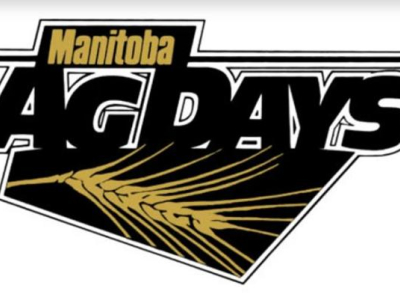This Thursday is the Dauphin Ag Society’s Farm Outlook 2020.
John Gavloski, a provincial entomologist, will be presenting on the main insect threats from 2019.
“We’re going to be trying to forecast or project which of those could be threats in 2020. We’ll be focusing on three major insect pests from last year, flea beetles, grasshoppers, and cutworms. We’ll touch on three other insects that were minor concerns, bertha armyworms, diamondback moths, and thistle caterpillar.”
How bad the three major insects will depend on the weather and natural enemies. For grasshoppers, timely rains in their juvenile stage can be detrimental, for flea beetles, you would hope for quick growing conditions so the crop goes from seed to the stage of 3 or 4 leaves, and cutworms go through 3 or 4-year cycles where they’re bad until natural enemies catch up. Gavloski says last year was quite a bad year for cutworms and hopes we’ve peaked in that cycle.
Gavloski says there’s really nothing you can do to avoid the insects.
“But there are things they can do to reduce their risk, the biggest being, for all three of them, scouting. Make sure you start your scouting, for cutworms, you need to be starting as soon as your crop is coming out of the ground. One of the species that we had a lot of, last year, dingy cutworm, lives overwinter as a partially grown larva. So they will be feeding as soon as the crop starts germinating, so you need to be out there scouting early.”
Gavloski also recommends scouting early when it comes to dealing with flea beetles even though you may get three weeks out of your seed treatment. If it’s a very dry year, it’s harder for the seed treatment to get up into the seedling and the plant might start taking feeding damage much earlier.
For grasshoppers, scout around the field and pasture edges, areas with lush, green vegetation late last year, and start the scouting in late May or early June.







